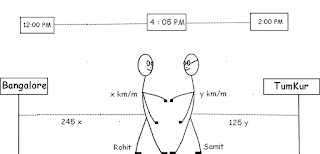The Coconut Problem
Ten people land on a deserted island. There they find lots of
coconuts and a monkeys. During their first day they gather coconuts and
put them all in a community pile. After working all day they decide to
sleep and divide them into ten equal piles the next morning.
Later another castaway wakes up hungry and decides to take his share early. On the way to the coconuts he finds the body of the first castaway, which pleases him because he will now be entitled to 1/9 of the total pile. After dividing them up into nine piles he is again one coconut short and tries to take the monkey's slightly bloodied coconut. The monkey conks the second man on the head and kills him.
One by one each of the remaining castaways goes through the same process, until the 10th person to wake up gets the entire pile for himself. What is the smallest number of possible coconuts in the pile, not counting the monkeys?
Here is that smallest number!
Source



























